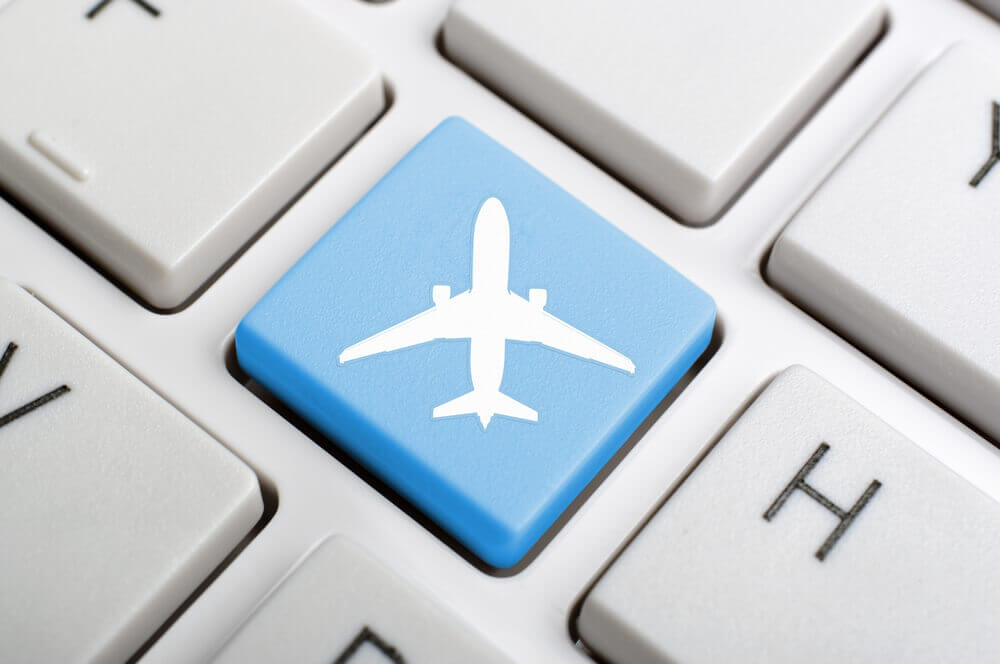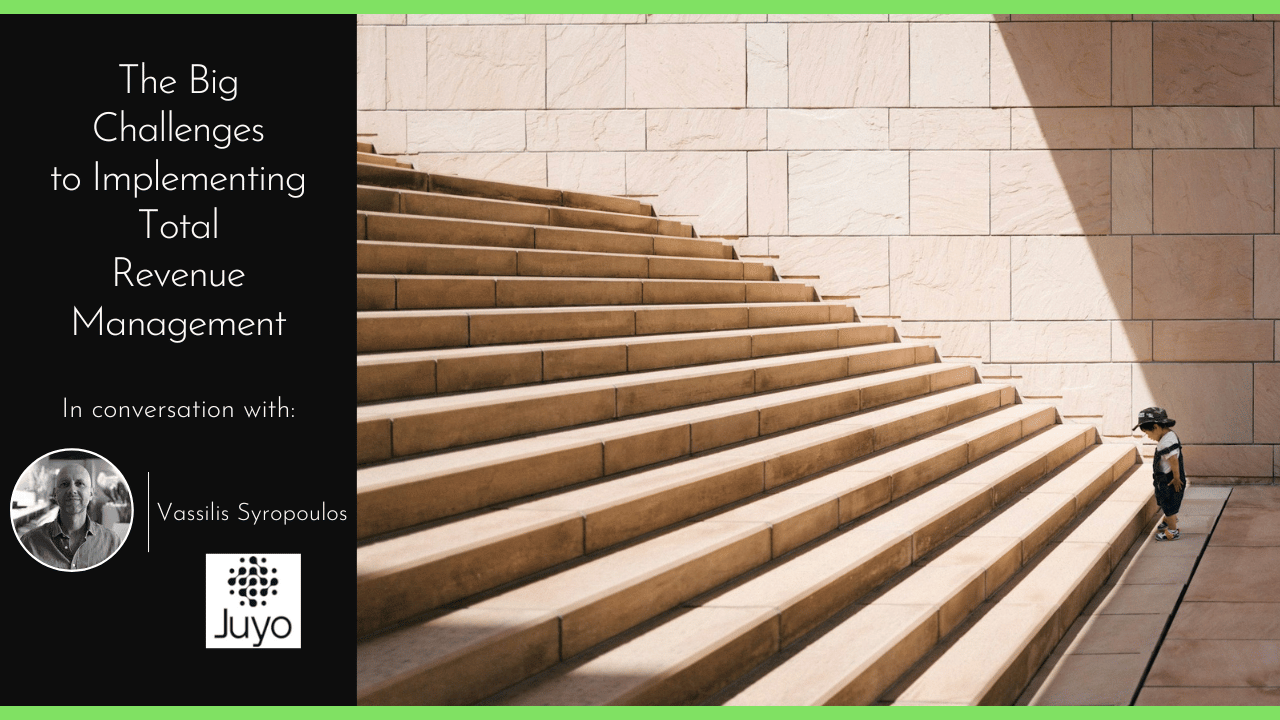
Judging by the destination content airlines continue to dispense and customers continue to ignore, there’s an opportunity for innovation.
In a recent survey* of travellers we asked: How much time do you spend researching a new destination?
1-3 hours of research: 46%
4-6 hours of research: 30%
7+ hours of research: 24%
When you consider how much we underestimate the time we spend online, these figures are undoubtedly conservative.
These figures provide a clear insight: when a customer purchases a flight, they are not buying an Aladdin magic-carpet view of the world, but rather they are purchasing the experience in destination.
You Never Get a Second Chance to Make a First Impression
A traveller’s first impression of a destination is through content. Their experience in-destination is largely anchored in how the expectations created by destination research are met or exceeded.
Airlines have long understood the need for destination content and have typically adopted one of two approaches: use a white label travel publisher to populate all their marketing or licence and syndicate the content of an established travel publisher.
These approaches have statistically a low conversion rate and are largely ineffective in the inspiration phase of travel because they lack curation (contextualisation) and customer life-cycle awareness (timely delivery).
From surveys, we know the airline brand that is relevant and makes the destination experience accessible in the inspiration phase is most likely to win the booking and the loyalty of the customer.
It benefits the airlines across the entire customer lifecycle to increase engagement in the inspiration phase. While the internet solved public relations by democratising communication, it created a new problem: the battle for customer engagement.
To increase customer engagement airlines need to adopt a smart approach to their content.
Smart travel content is powered by a layer of intelligence that enables the content to be matched to a customer’s personal lifestyle preferences, and delivered at the optimal moment in a customer’s travel lifecycle.
Lifestyle preferences and lifecycle timing are the two metrics of customer relevance in digital.
Curation is the key to Personalisation
The travel industry is vast and complex, and travel marketing is no easy task, but part of the difficulty of having relevant content lies in how one defines “local.”
In a recent survey* we asked travellers: How important are local experiences when you visit a new city?
63%: very important
35%: moderately important
3%: not important at all
The difficulty with “local,” as with any term that has bandied about an industry for too long is it begins to lose specificity.
Hence our follow-up question: How would you define “Local”?
Approximately 80% of the travellers we surveyed defined “local” as that which was unique to a place and the natives that live there. The remaining 20% defined “local” literally, in terms of proximity.




